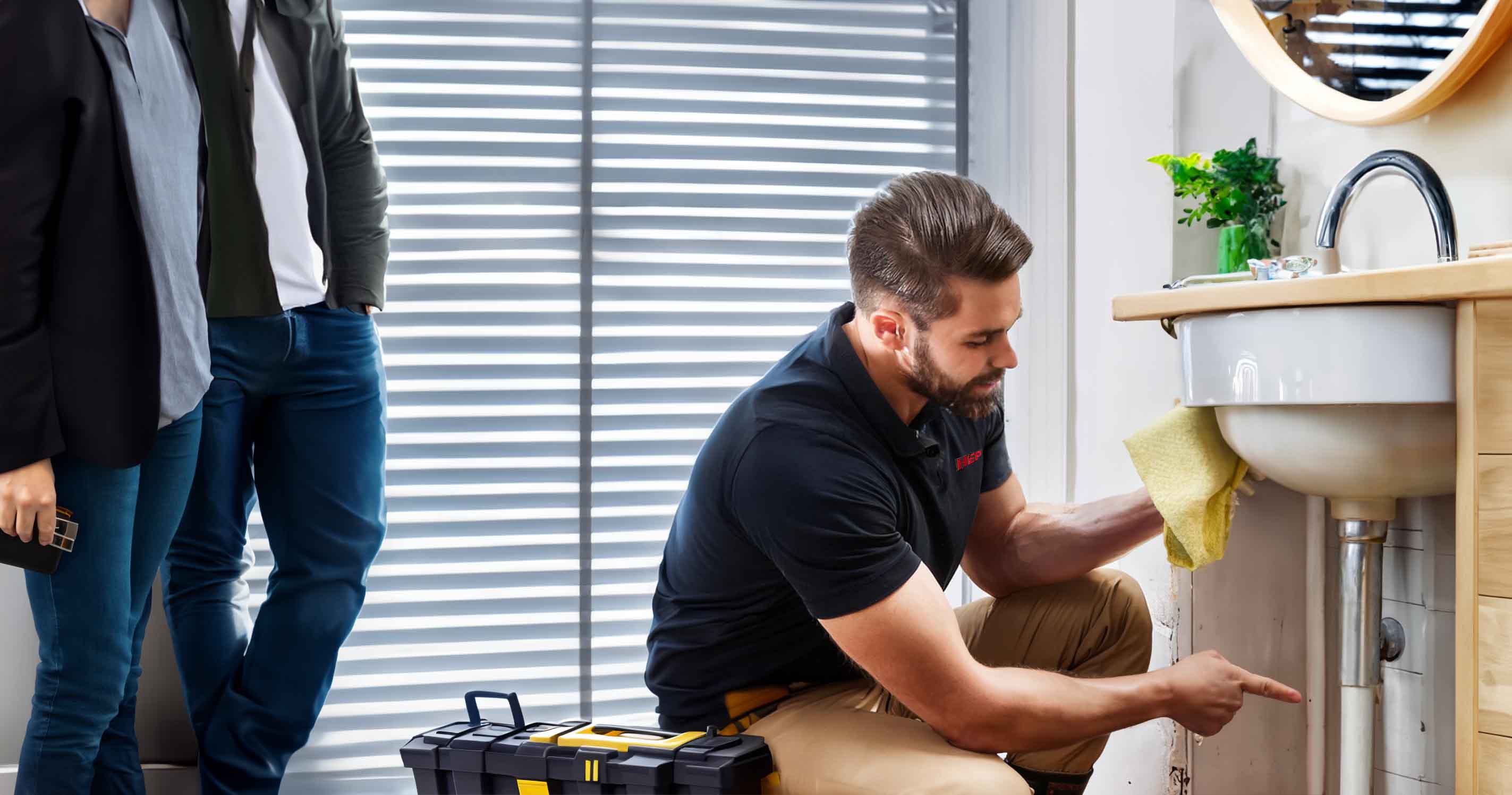

Water Efficiency
Your trusted partner for professional home services. Quality workmanship, guaranteed satisfaction.




- HEP
- Water Efficiency
Water Efficiency | Toilet Upgrades and Replacements | Plumbing | Crossville
Crossville homeowners and facility managers trust HEP to turn outdated bathrooms into models of conservation and comfort. Our licensed plumbers specialize in water-saving toilets that slash consumption up to 60 %, reduce monthly utility costs, and elevate everyday convenience. From choosing EPA WaterSense-certified fixtures to expertly rerouting supply lines, we handle every detail so you can start seeing—and feeling—the difference immediately.
Whether you’re tackling a full remodel or just tired of a finicky flapper, our streamlined process for toilet upgrades and replacements delivers fast, mess-free results backed by local, small-town service. Schedule today and enjoy cleaner design, quieter operation, and the peace of mind that comes from knowing your new fixture is protecting both your wallet and Crossville’s precious water supply.
FAQs
Why should I consider upgrading my current toilet to a high-efficiency model in Crossville?
Toilets manufactured before 1994 typically use 3.5–7 gallons per flush (gpf), while today’s high-efficiency toilets (HETs) use 1.28 gpf or less. With the average Crossville household flushing 5,000 times a year, upgrading can reduce indoor water use by up to 30 %, lower your monthly water and sewer bill, and lessen demand on local wells and the Plateau’s fragile karst aquifer. Newer toilets are also quieter, have improved glaze coatings that resist staining, and meet current Tennessee plumbing codes.
How much water and money can I expect to save by replacing an older toilet?
Switching from a 3.5 gpf fixture to a 1.28 gpf HET saves about 2.22 gallons per flush. At 5,000 flushes per year this equals 11,100 gallons saved annually—roughly the amount of water three Crossville residents use in a month. With the city’s combined water/sewer rate averaging about $0.009 per gallon, that is roughly $100–$120 in savings every year for each toilet replaced. Households with multiple older toilets can often recoup the cost of replacement within three to four years.
Are there any rebates or incentives available in Crossville or Tennessee for installing water-efficient toilets?
Most years the Tennessee Department of Environment & Conservation (TDEC) distributes WaterSense rebate funds to local utilities. When funding is active, the Crossville Water Resources Department offers bill credits of $40–$75 per WaterSense-labeled HET you install. Cumberland Utility District customers may qualify for a similar rebate. We handle all paperwork, supply model numbers that meet the program, and provide you with the signed installer form needed for reimbursement. Even when rebates are not available, many homeowners can claim a federal tax credit of up to 30 % on qualifying WaterSense products through 2032 (consult your tax professional).
What kinds of high-efficiency toilets can you install, and how do I choose the right one?
We stock three categories: • Gravity-flush WaterSense toilets (1.28 gpf or 1.0 gpf) • Dual-flush models (1.6 gpf solid / 0.8 gpf liquid) • Pressure-assisted toilets for commercial or high-traffic homes (1.0–1.28 gpf) Your choice depends on fixture rough-in size, bowl height preference, ADA needs, sound level, and budget. During our free in-home assessment we measure the rough-in, test your water pressure, check venting, and review style options. We then provide a written quote and performance comparison so you can pick the model that balances water savings, comfort, and aesthetics.
Will a low-flow toilet perform as well as my existing one, and what about clogging concerns?
Early 1990s low-flow toilets earned a bad reputation because manufacturers simply shrank the tank without redesigning the bowl or trapway. Modern WaterSense-certified units are engineered from the ground up with larger, fully glazed trapways, optimized bowl hydraulics, and powerful siphon jets. Independent MaP (Maximum Performance) tests rate most HETs at 800–1,000 g of waste removed—twice the minimum requirement. We only install models scoring 600 g or higher, and we warranty our workmanship against leaks or clogs for one full year.
What is involved in the replacement process and how long does a typical toilet upgrade take?
A standard residential swap usually takes 1.5–2 hours per fixture: 1. Protect flooring and shut off the water supply. 2. Drain and remove the old toilet; recycle porcelain when possible. 3. Inspect the flange and supply valve; replace wax ring, bolts, or flange if corroded. 4. Set and level the new toilet, attach the water-saving fill valve, and perform a 10-minute leak test. 5. Haul away debris and leave the bathroom clean. We schedule most jobs within 3–5 business days. If additional repairs—such as flange replacement or subfloor rot—are needed, we discuss costs and extend the timeline by only a few hours. All installations come with manufacturer warranties plus our two-year labor guarantee.